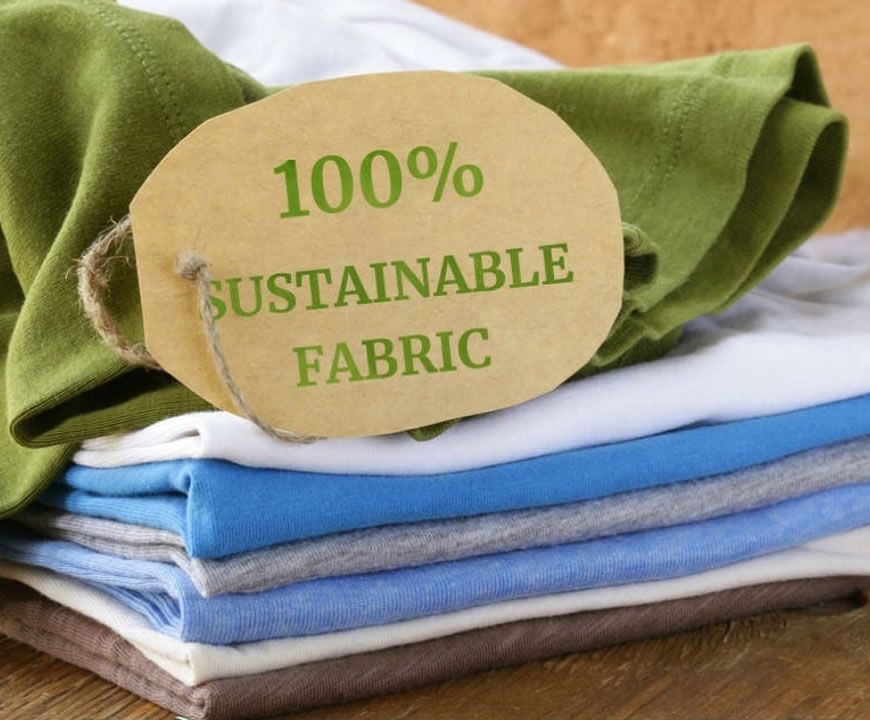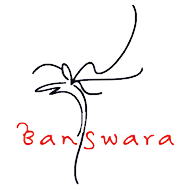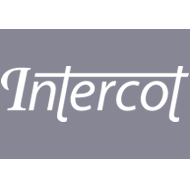SEARCH FOR SUSTAINABLE PRODUCTION IN TEXTILE RAW MATERIALS AND HEMP YARN

Sustainability is a topic that we have started to hear more and more in every field in recent years. As the sustainability in the textile sector, the advantages and uses of hemp cultivation, its place in the hemp yarn and textile sector, and the strategic importance of hemp, which we mentioned in our articles, increase, governments support research and the funds allocated are increased. As sustainability is talked about, the popularity of hemp, one of the stars of production raw materials, is increasing rapidly.
In fact, all natural plant fibers are biodegradable and sustainable. Most fibers degrade over time, but the time is significantly longer and the degradation process can have adverse effects on soil and water and subsequently on the overall environment. With the onset of global warming and climate change, the increasing level of environmental awareness and the relaxation of legal regulations, the interest in natural fibers is reviving. A few plants, fruits, and seeds are either being rediscovered or explored for new processing ways to develop new fabrics that can heal the planet.
Fiber plants have existed around the world for centuries. Plant fibers have a long history of use in technical applications in textiles, yarn, paper and more recently composite materials. The use of textile fibers dates back to 9000 BC, fibers from plants can be considered renewable and biodegradable as they grow, and can be returned to the soil without harm and sometimes even beneficial effects, as with hemp.
OTHER ARTICLES
- Advantages and Usage Areas of Culvitation of Hemp
- The Place of Hemp in Yarn and Textile Industry
- The Place of Hemp in Yarn and Textile Industry
- What is Linen and Linen Production in Turkey
- Sustainability in The Textile Industry
- Tthe Global Effect of The Pandemic and Tthe Evaluation of The Textile Sector
- Naturel Fibers and Organic Yarn Production
- Hemp Production in Turkey, A Historical Brief and Global Hemp Market
- European Flax Certificate
- Search for Sustainable Production in Textile Raw Material and the Hemp Yarn
- Linen and Hemp's Simila and Different Aspects
- Hemp Fiber and Fabric Production
- Ecological Hemp Production
- Sustainability Studies in the Textile Industry - 2021
- What is Needed for Sustainability in the Textile Industry ?
- Organic Yarn Demand Increases As Textile Raw Material Crisis Escalates
- 2021 Data and 2022 Expectations for Ready-made Clothing Industry and Textile Raw Materials
- Fiber and Hemp Yarn Production and Yarn Export in the Turkish Textile Industry
PLANT FIBER TYPES:
Cellulose is the substance that makes up most of a plant's cell walls. All plants produce cellulose. All plant-based fibers must go through a process in which they are separated from parts of the plant that are not used for the end product, usually by harvesting, chaffing and cleaning. Some of these processes can be considered natural and organic, while others require heavy use of chemicals such as bamboo that can negatively affect its viability.
There are four main types of plant fiber:
- Bastal fiber or phloem fiber or skin fiber is plant fiber collected from phloem - the inner bark sometimes called skin - or bast surrounding the stem of some plants. Bast fiber supports the conductive cells of the phloem and provides strength to the stem; example linen and hemp.
- Leaf fibers or hard fibers are a type of plant fiber mainly used for cord or vegan leathers. They are the toughest of plant fibers due to their increased lignin content. These are not traditional leaves, but plants with more succulent leaves, such as pineapple and agave, used for sisal.
- Fibers from the seeds and fruits of plants are usually attached to hairs or fibers or covered in a shell that can be fibrous, such as cotton, coconut and kapok.
- Wood fibers are obtained from trees, grass and bamboo. These fibers are tougher and usually need an extra treatment to soften the fibers. Most often, sodium hydroxide is dissolved with carbon sulfide for viscose and N-methylmorpholine-N-oxide for lyocell, which is less harmful than carbon sulfide, then extruded by the same methods as manmade fibers.
Many natural fibers must be processed to remove the fiber strands from other plant tissues. In some cases, the natural gum that binds them together needs to be removed. This separation can be accomplished in the field using a process called retting, also known as dehumidification, which involves removing fiber bundles from the harvested stem. Other processes, either biological or mechanical, can also occur, and in most cases a mix of both processes is required.
There is renewed interest in more sustainable methods of biodegradation. Biodegradation is the decomposition of a material due to the biological activity of micro-organisms such as bacteria, fungi and other biological agents. Biodegradable fibers can be broken down by micro-organisms. Because most natural fibers are biodegradable, a delicate balance of processing is required to keep the fibers at their optimum performance level.
Increasing Interest in Alternative Fiber Types:
Recently, increasing interest in renewable resources has increased studies on alternative plant fibers from non-traditional plants. Traditional techniques, passed down through generations, are labor-intensive, take a long time to separate the fibers from plant leaves or stems, and often performance is affected by weather conditions, so more economical methods need to be developed. Today, as the effects of global warming are felt more and more, ways to lead a more sustainable life with resources and production methods are searched, manufacturers and entrepreneurs are looking for ways to bring natural fibers into the 21st century and the fashion mainstream.
In addition to hemp, fiber research continues on plants and fruits such as nettle, lotus flower, pineapple, coffee beans, prickly figs, bananas and oranges. We will focus on hemp, which is our specialty.
HEMP:
Legal changes that started in the USA in the first place increased the interest in hemp in all countries over time. Hemp is a very fast growing plant that requires very little water and relatively few if any herbicides, pesticides or synthetic fertilizers. Cultivation of hemp improves soil health by replenishing vital nutrients and preventing erosion.
Hemp fabrics have antibacterial activity against a wide range of pathogenic bacteria. It has the best heat capacity ratio compared to any other fiber, so it keeps the wearer cool in summer and warm in winter. It is easily dyed and does not change color easily. It is also tougher and more flexible and longer lasting than cotton garments.
China accounts for more than 50 percent of global hemp production and holds more than half of more than 600 international patents for hemp fiber and textile production. India and Romania produce finer hemp yarn using wet spinning processes.








Filofibra Pazarlama A.Ş.
FILOFIBRA Pazarlama A.Ş. has been providing service to Turkish Textile market in the sale of fiber, yarn and fabric in Istanbul since 1986.
Address
-
Filofibra Pazarlama A.Ş
-
Levent Cad. Sülün Sok. No: 34 1. Levent, Istanbul
-
Tel : +90 212 283 3860/ 9 Hat
-
Fax : +90 212 283 3859
-
Email - This email address is being protected from spambots. You need JavaScript enabled to view it.
Address Abroad
-
Filofibra SA
-
Riva Caccia 1 / A Central Park Bldg. 6900 Lugano / Switzerland
-
Tel - +41 91 985 78 11
-
Fax - +41 91 985 78 08 - 09 - 10
-
Email - This email address is being protected from spambots. You need JavaScript enabled to view it.

